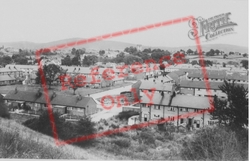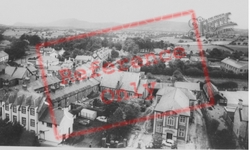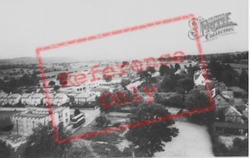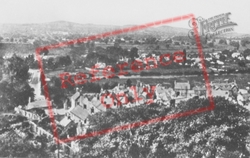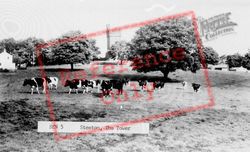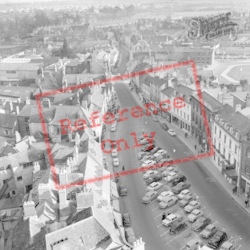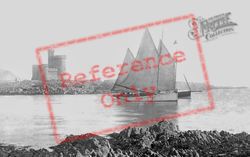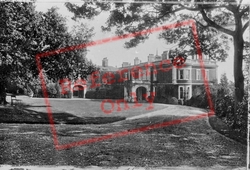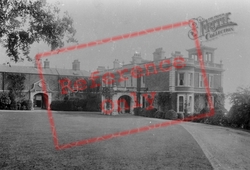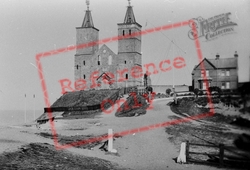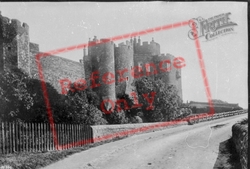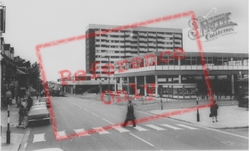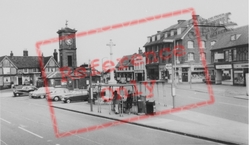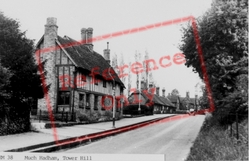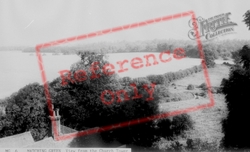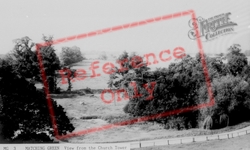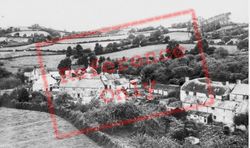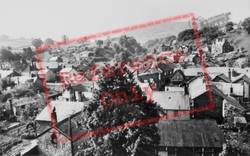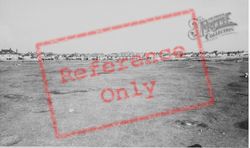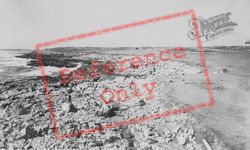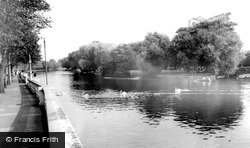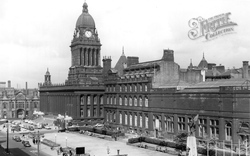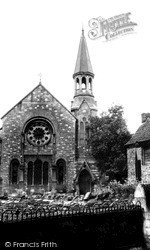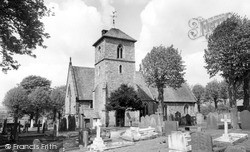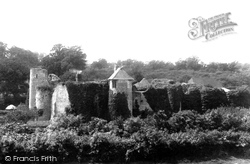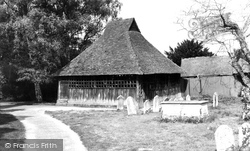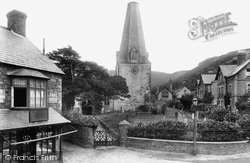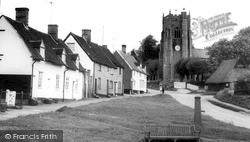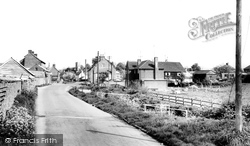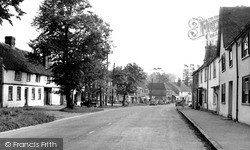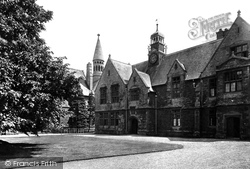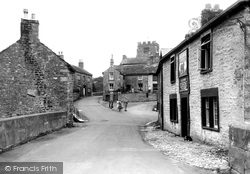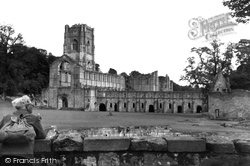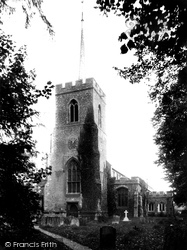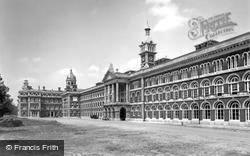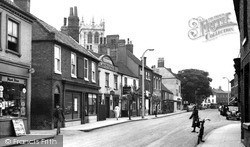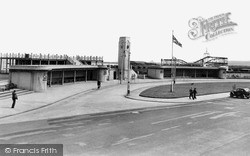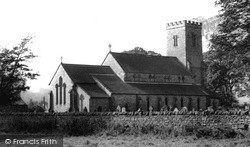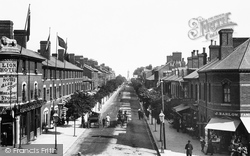Places
36 places found.
Those places high-lighted have photos. All locations may have maps, books and memories.
- Poplar, Middlesex
- Bow, Middlesex
- Bethnal Green, Middlesex
- Stepney, Middlesex
- Alton Towers, Staffordshire
- Isle of Dogs, Middlesex
- Limehouse, Middlesex
- Spitalfields, Middlesex
- Barjarg Tower, Dumfries and Galloway
- Bromley, Middlesex
- Stratford Marsh, Middlesex
- Tower Hill, Merseyside
- Tower Hill, Essex
- St George in the East, Middlesex
- Wapping, Middlesex
- Globe Town, Middlesex
- Old Ford, Middlesex
- Cubitt Town, Middlesex
- Tower Hill, Cheshire
- Tower Hill, Surrey
- Bow Common, Middlesex
- Mile End, Middlesex
- Millwall, Middlesex
- Ratcliff, Middlesex
- Warmley Tower, Avon
- Tower Hill, Hertfordshire
- Tower End, Norfolk
- Tower Hamlets, Kent
- Tower Hill, Devon
- Tower Hill, West Midlands
- Blackwall, Middlesex
- North Woolwich, Middlesex
- Hackney Wick, Middlesex
- Shadwell, Middlesex
- South Bromley, Middlesex
- Tower Hill, Sussex (near Horsham)
Photos
1,787 photos found. Showing results 1,601 to 1,620.
Maps
223 maps found.
Books
1 books found. Showing results 1,921 to 1.
Memories
637 memories found. Showing results 637 to 637.
Captions
3,007 captions found. Showing results 1,921 to 1,944.
The Church of St Mary has an unusual octagonal tower: it was here that Isaac Walton was baptized in 1593. The other church, St Chad's, was said to be almost derelict by 1650.
Immediately to the right of the inlet is the Bedford Rowing Club's clubhouse; further right, by the bridge, the Moat House 1960s tower block is mercifully out of shot.
When this picture was taken, the town hall, with its 225 ft tower and spectacular frontage of giant columns and pilasters, was in desperate need of a good clean to rid it of decades of soot and grime.
The huge crossing tower dominates the sandstone church, which consists of apse, transepts, nave and a zigzag doorway. The small trees in this photograph are no longer there.
Notice the rose window above a set of stained glass windows and the very unusual round tower with its tall slender windows, and its short canopied roof leading to a bell turret and tall steeple
The added tower enhances the overall composition, but should the church be locked, do not embark on an extensive search for the key.
The wooden fortifications at Allington were soon replaced with stone; it is thought that the work was carried out by Gundulf, the Conqueror's master builder, who was also responsible for the Tower of London
The bell cage was erected in the early 16th century, probably as a temporary measure while the tower was rebuilt. The cage is not unique, but the method of ringing is.
Porlock's church, dedicated to the 6th-century Welsh Celtic saint Dubricius, has a 13th-century tower with a later shingled spire which is curiously truncated.
The 15th-century tower with flushwork battlements and pinnacles had a short spire until 1845. The clock dates from 1841, and the bell hangs above the tall stair turret.
This is not the best end of the village architecturally, but we can see the tower of the parish church of 1827 in the distance.
We are a little further north-west, and the clock tower disappears from view. The view is little changed since the 1950s, apart from more parked cars.
The minster's twin towers dominate most pictures of East Street, but Hawker's new drapery shop (centre right) comes a close second in this shot.
The façades appear historic and full of detailed interest whilst the clock tower adds a touch of distinction. The chapel turret vies with the tall chimney of the Big Schoolroom.
The five hundred-year-old parish church tower of St Paul's shows up at the top of our photograph.
A rucksack-clad rambler (left) admires Abbot Huby's magnificent north tower at Fountains Abbey, in the valley of the River Skell near Ripon.
St Andrew's was built in the 13th century, and the tower was added late in the 1500s by Bishop Braybrook.
The west tower was rebuilt in 1547 from the stone of Ramsey Abbey. In the churchyard is the well beside the spring that was said to cure ailments of the eyes.
The tower can be accessed, and it gives a wide view of Southampton Water. Behind the hospital ran the railway, and some rails remain.
Moorgate runs towards Cannon Square, and the trees belong to the churchyard - the pinnacled tower of St Swithun's church rises on the left.
The church is dedicated to St Wilfrid, and local legend has it that this is where the Cheshire cat originated – there is a carving of a cat on the tower.
Very much an architectural relic of a former age, including its clock tower, the bus station looks very similar today, except that the high-level balcony on the left has gone.
Dedicated to St Mary and St Stephen, the parish church was rebuilt in the late 1840s; all that is left of an earlier 12th-century structure is the lower part of the west tower.
charmingly rustic stone lion at the left has been replaced by a corner turret and all the buildings are now shops, many of which have been rebuilt, but the view is still terminated by the Jubilee Clock Tower
Places (38)
Photos (1787)
Memories (637)
Books (1)
Maps (223)




